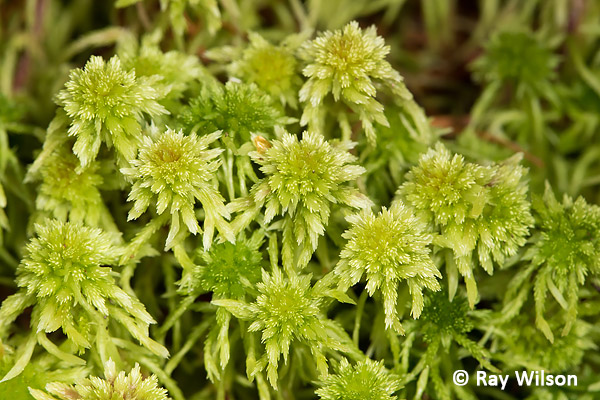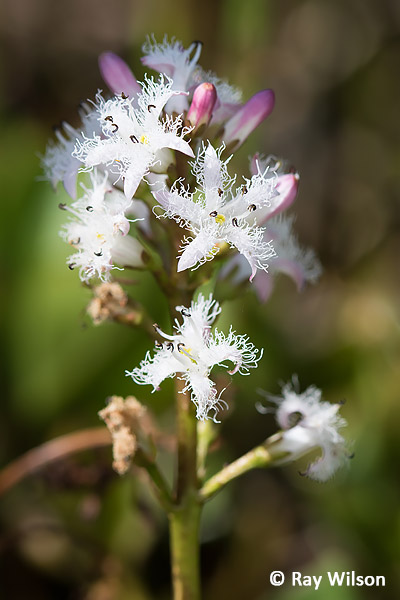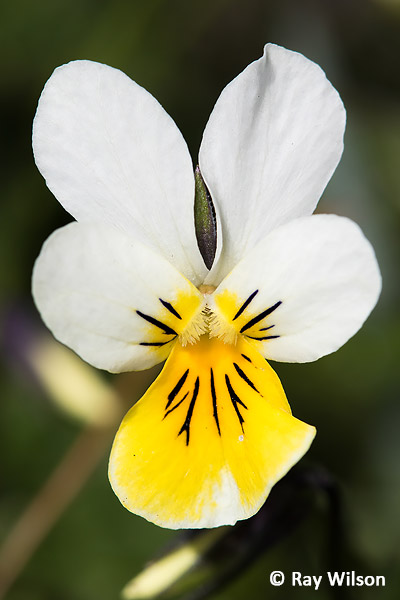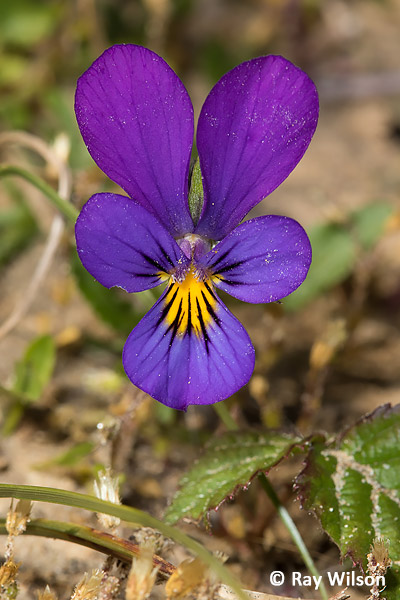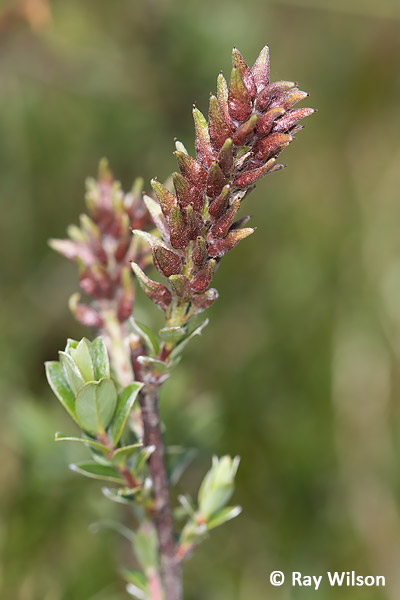
- Home
- Photography Tours
- Diary / Blog
- Galleries
- Foreign Trips
- Tasmania 2016
- NE Queensland 2016
- Western Alps 2016
- NE Spain 2016
- Australia's Wet Tropics 2015
- Australia's Top End 2015
- SW Australia 2015
- Switzerland 2015
- Andalucia 2015
- Belize 2015
- Australia 2014
- Switzerland 2014
- Belize 2014
- Bahama Islands 2014
- Switzerland 2013
- Ecuador 2012-2013
- Florida 2011-2012
- Vancouver Island 2011
- Australia 2010
- Peru 2008
- Bulgaria 2007
- Lesvos 2006
- California 2006
- New Zealand 2005
- Extremadura 2005
- Goa, India 2004
- The Gambia 2003
- About
May 2017
Northwest Wales
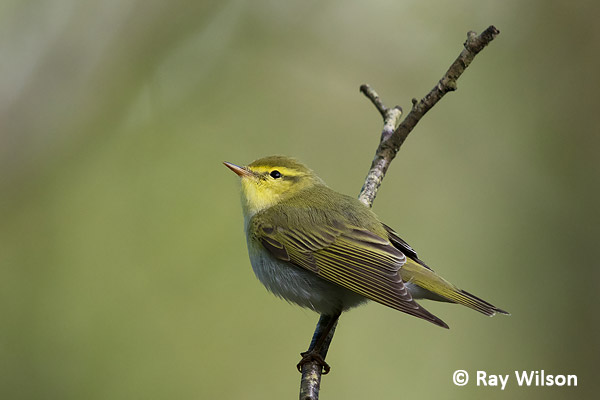
Wood Warbler (Phylloscopus sibilatrix)
As the spring migrants continued to arrive, I spent the first week of May on another trip to North Wales in the hope of catching up with a couple of species that have a westerly bias to their British distribution. The first of these is the Wood Warbler.
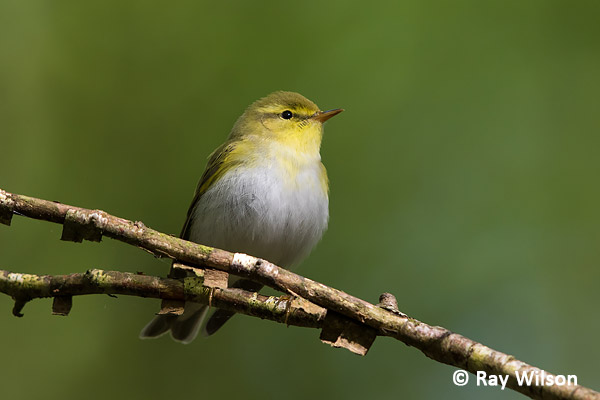
Wood Warbler (Phylloscopus sibilatrix)
I had expected this species to be the most difficult of my targets as they have a tendency to spend most of their time high in the canopy, but on the first morning of my search I came across an incredibly cooperative male that spent the next 2 hours in constant view as he patroling the perimeter of his territory, sometimes perching on eye-level branches too close for me to focus the camera!
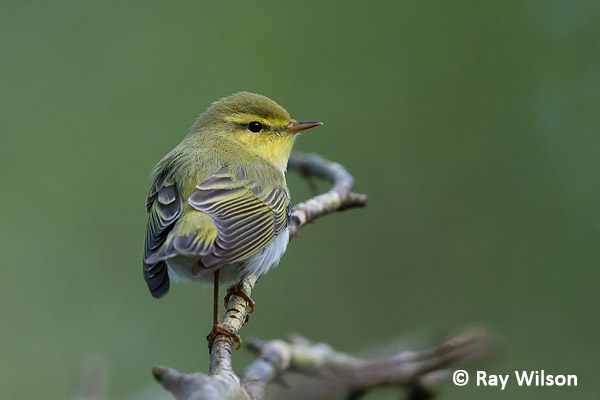
Wood Warbler (Phylloscopus sibilatrix)
Wood Warbler's perferred habitat is open Beech woodland that contains a mix of young and old trees with low undergrowth.
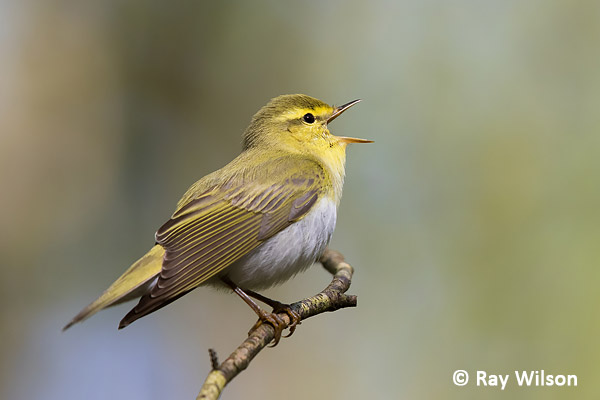
Wood Warbler (Phylloscopus sibilatrix)
The second of my two avian targets was the Common Redstart. They proved to be a lot less cooperative, but on the second day I finally managed to track down a singing male.
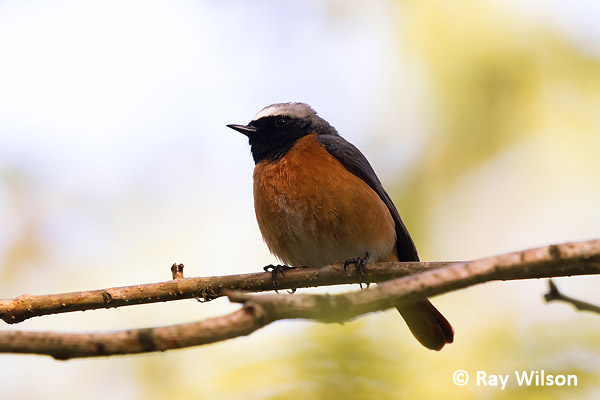
Common Redstart (Phoenicurus phoenicurus)
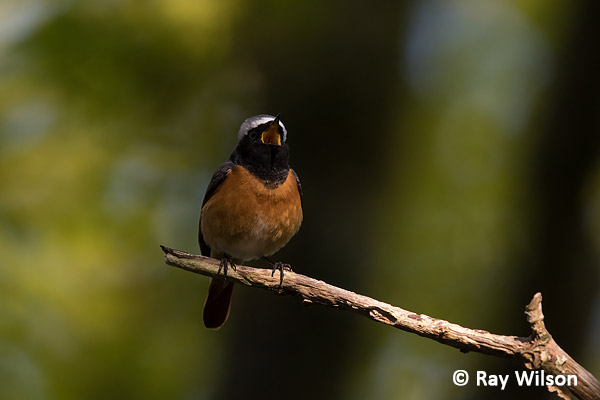
Common Redstart (Phoenicurus phoenicurus)
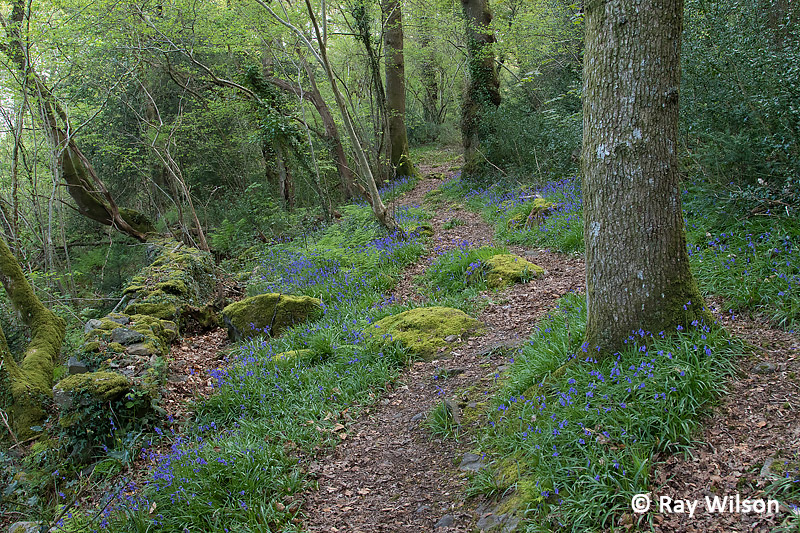
Bluebells in Hafod Wood, Snowdonia National Park
Many of the oak woodlands were carpeted with Bluebells, which provided a spectacular splash of colour to the undergrowth. The peak Bluebell flowering seemed to be a couple of weeks early this year as they usually don't reach their best until around the middle of May.
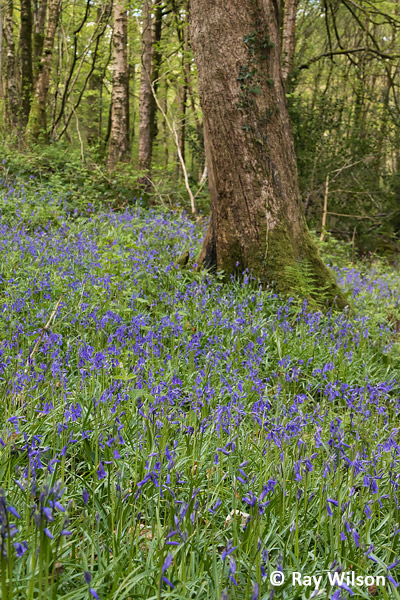 Bluebell (Hyacinthoides non-scripta) |
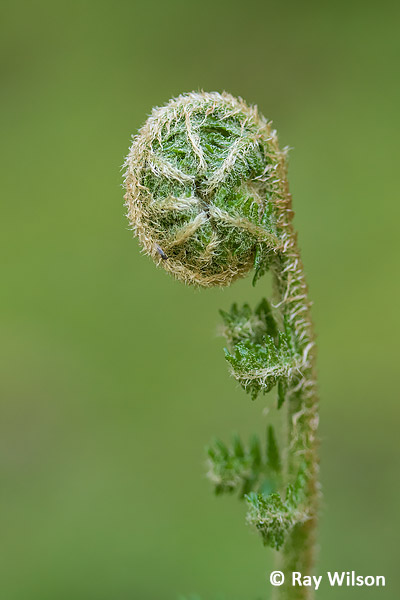 Scaly Male-fern (Dryopteris affinis) |
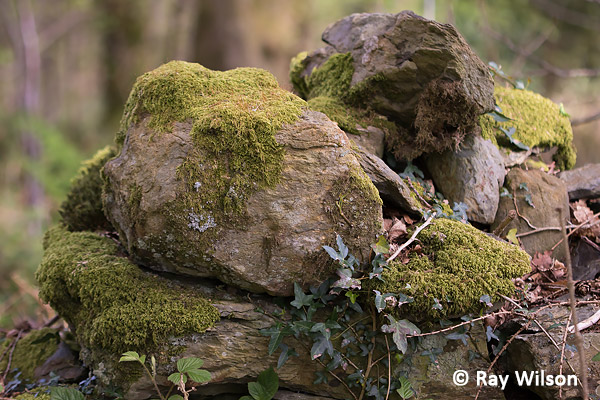
Moss-covered dry-stone wall
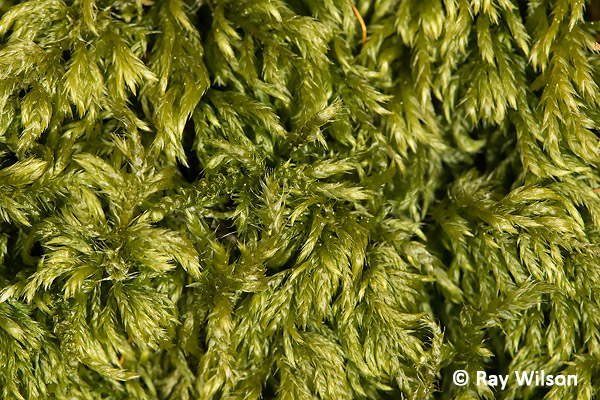
Downy Plait-moss (Hypnum callichroum)
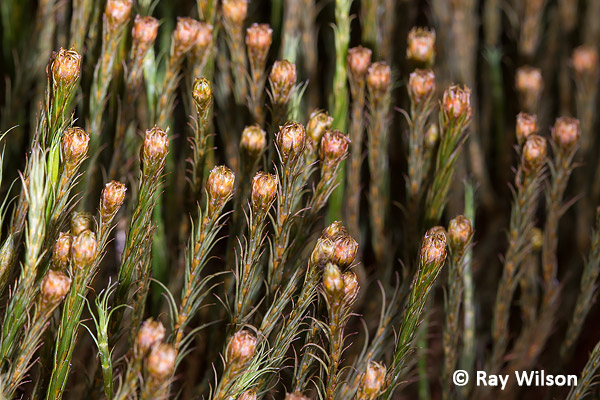
Sphagnum fallax

Sphagnum capillifolium
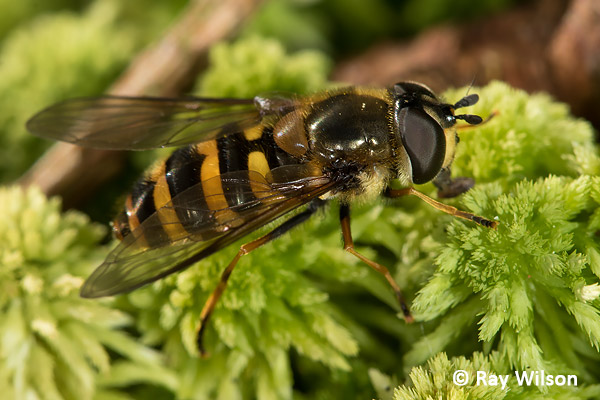
Didea fasciata
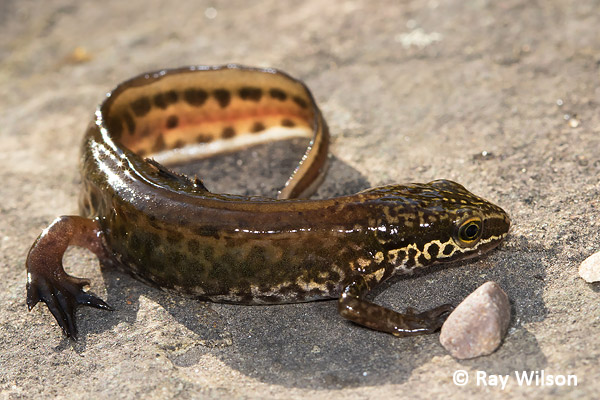
Palmate Newt (Triturus helveticus)
Palmate Newt is the commonest of the three species of salamander that occur in Britain and my friend's garden pond in Bangor has a very healthy population of them. Every time you dip a small net in there you are guaranteed to catch at least one of these pretty little amphibians.
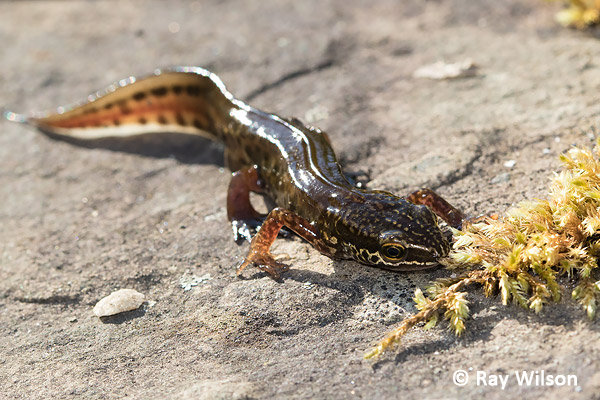
Palmate Newt (Triturus helveticus)
Other aquatic life in his pond included this large Emperor Dragonfly nymph.
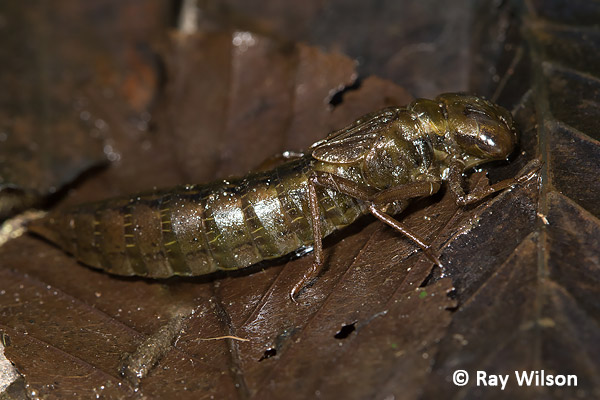
Emperor Dragonfly nymph (Anax imperator)
It was still a bit early for most adult Odonata to be on the wing, but a few Large Red Damselflies were found congregating in a sheltered, sunny spot near Cors Erdreinniog Fen on Anglesey.
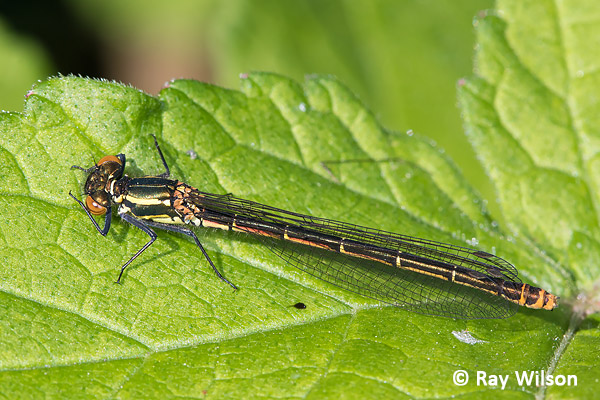
female Large Red Damselfly (Pyrrhosoma nymphula)
On the fen itself, Bogbeen and Bog-myrtle were in flower.
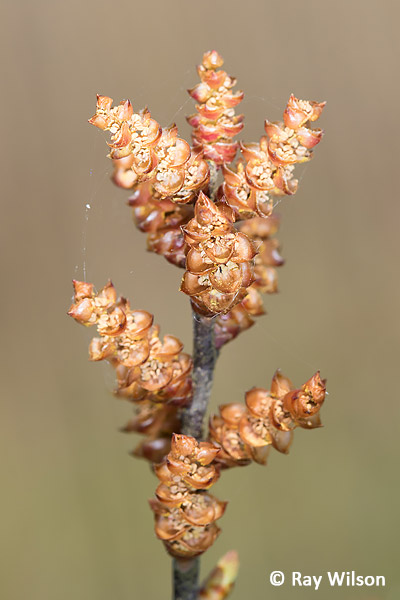
Bog-myrtle (Myrica gale) |
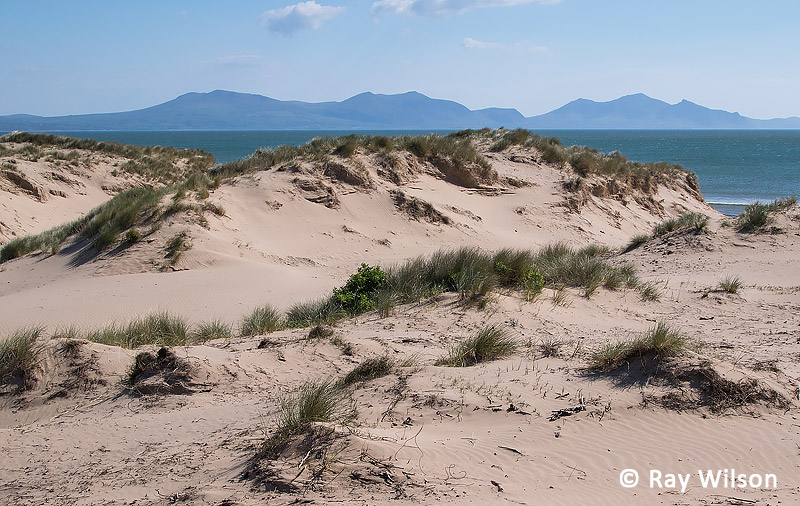
Newborough Dunes, Anglesey
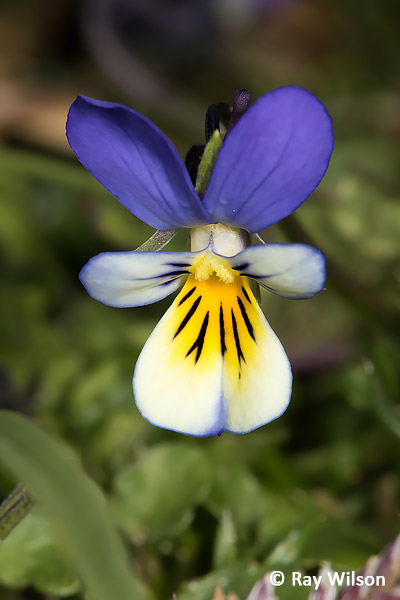
Dune Pansy (Viola tricolor ssp. curtisii) |
The Dune Pansy, also sometimes known as Seaside Pansy, is a subspecies of Wild Pansy which has a strongly western, coastal distribution in Britain and although classed as nationally uncommon (Stace, 2010) grows abundantly at some sites, such as Newborough dune slacks.
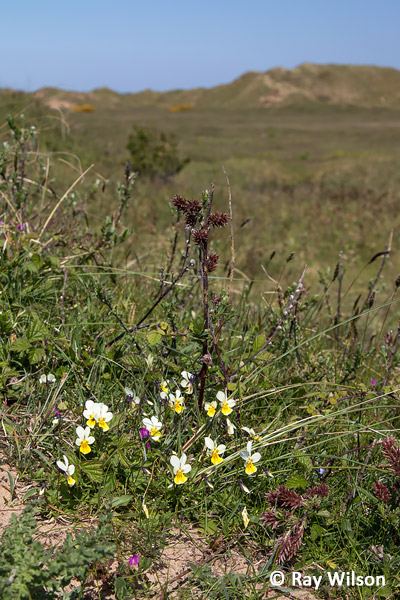 Dune Pansy (Viola tricolor ssp. curtisii) |
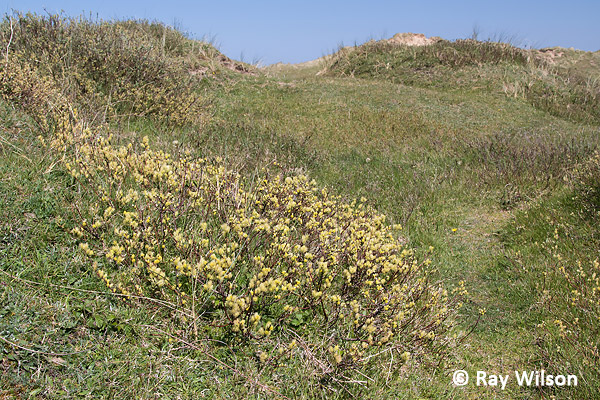
Creeping Willow (Salix repens) catkins in a dune system
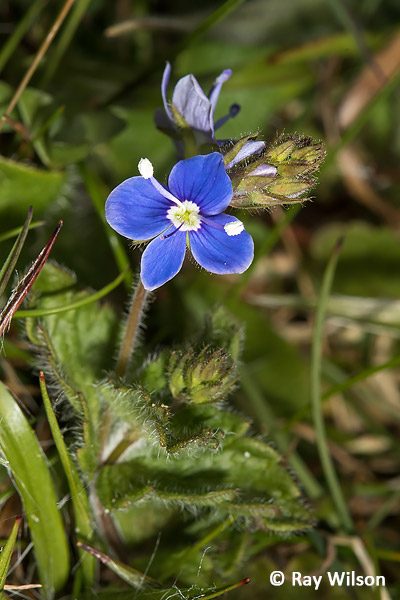
Germander Speedwell (Veronica chamaedrys) |
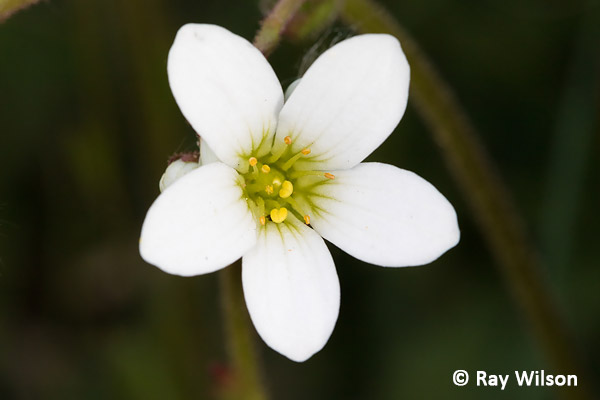
Meadow Saxifrage (Saxifraga granulata)
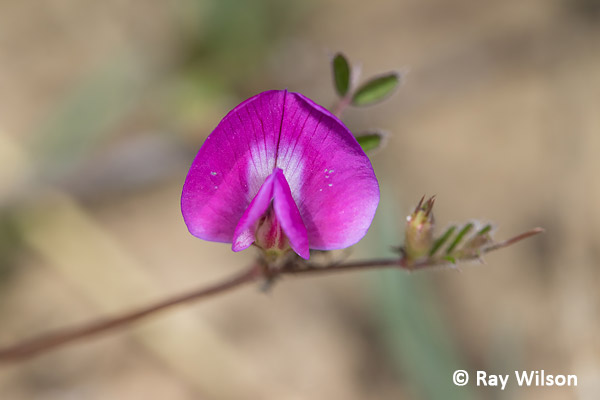
Common Vetch (Vicia sativia)
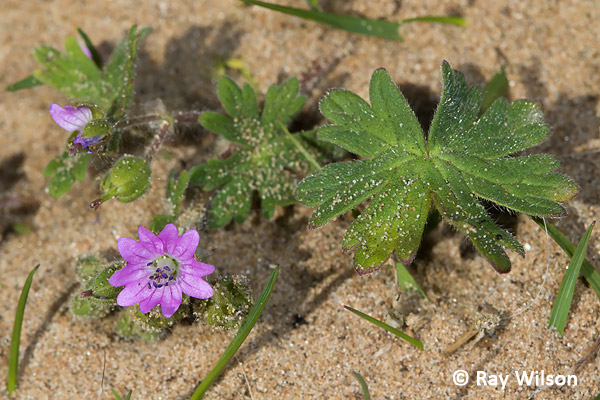
Dove's-foot Cranesbill (Geranium molle)

The Carneddau, Snowdonia National Park
Ray Wilson owns the copyright of all images on this site.
They may not be used or copied in any form without prior written permission.
raywilsonphotography@googlemail.com
